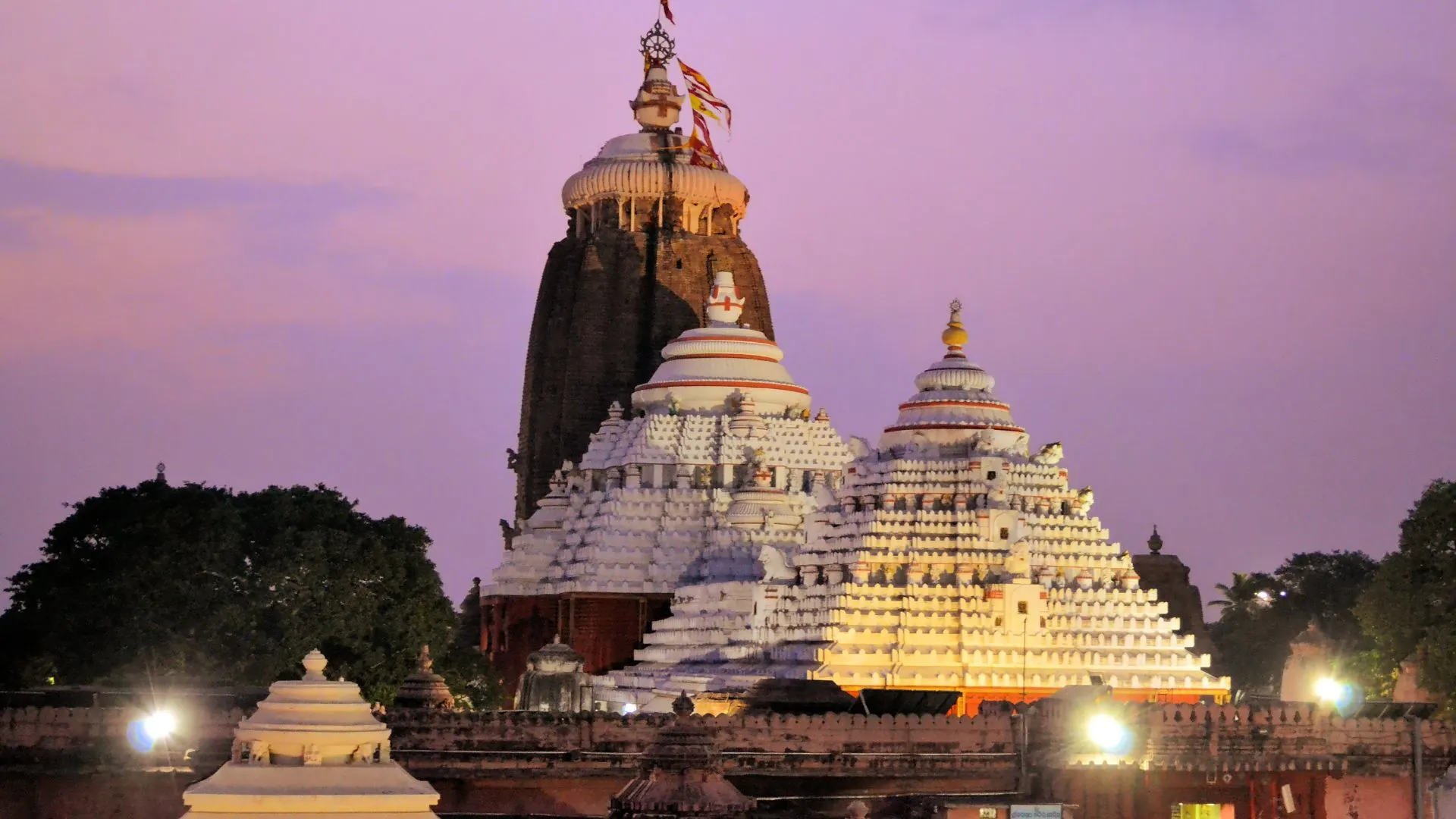What are the fascinating history and architectural marvels of Jagannath Temple in Puri?


Deeply rooted in the rich tapestry of Indian spirituality, Jagannath Temple in Puri stands as a testament to centuries of sacred tradition and architectural brilliance. This magnificent temple, dedicated to Lord Jagannath, Lord Balabhadra, and Devi Subhadra, holds immense significance for Hindu devotees from all over the world.
The history of Jagannath Temple dates back to ancient times. According to legends, the construction of the temple began in the 12th century during the reign of King Anantavarman Chodaganga Deva of the Eastern Ganga Dynasty. The temple complex was completed in 1174 AD by his descendant, King Anangabhima Deva.
Throughout its history, the temple has witnessed invasions, renovations, and additions, which have contributed to its unique architectural blend of Odisha, Kalinga, and Dravidian styles.
The architectural grandeur of Jagannath Temple is awe-inspiring. Spread over an area of 37,000 square meters, the temple complex is a visual delight. Let's explore some of its remarkable features:
The Nila Chakra, also known as the Blue Wheel, sits atop the Jagannath Temple. It is a disc-shaped structure made of alloy and is considered one of the largest in the world. The Nila Chakra is a symbol of protection and prosperity.
The Singhadwara, meaning Lion's Gate, is the main entrance to the temple. It is guarded by two stone lions, which are believed to protect the temple from evil spirits and negative energies.
The Arun Stambha, also known as the Pillar of Arun, stands tall near the Singhadwara. It is an octagonal structure that provides a panoramic view of the temple and its surroundings.
These are three smaller entrances to the temple complex, each adorned with intricately carved sculptures. The Hathidwara represents Lord Ganesha, the Vyaghradwara represents the tiger, and the Ashwadwara represents the horse.
The Vimala Temple, located within the Jagannath Temple complex, is dedicated to Goddess Vimala, who is believed to be an incarnation of Devi Parvati. Devotees offer prayers and seek blessings from Goddess Vimala.
The Mahalaxmi Temple, situated near the north gate of the temple complex, is dedicated to Goddess Lakshmi, the consort of Lord Jagannath. Devotees visit this temple to seek prosperity and blessings.
The Mukti Mandapa, also known as the Hall of Salvation, is a pillared hall where religious discourses and spiritual gatherings take place. It is believed that by sitting in this hall, one can attain liberation.
The Dola Mandapa is a pavilion where the deities of Lord Jagannath, Lord Balabhadra, and Devi Subhadra are placed during the Dola Yatra or the Swing Festival. This festival is celebrated with great joy and enthusiasm.
These are just a few examples of the architectural wonders that adorn Jagannath Temple. Every nook and corner of the temple complex tells a story and exudes a divine aura.
Visiting Jagannath Temple is a spiritual and cultural experience like no other. As you step into the temple complex, you are transported to a world of devotion, serenity, and architectural brilliance.
Take a moment to soak in the beauty of the Nila Chakra as it gleams in the sunlight. Walk through the majestic Singhadwara and feel the positive energy that surrounds you. Marvel at the intricate carvings on the Hathidwara, Vyaghradwara, and Ashwadwara, and let their symbolism resonate with your soul.
Offer your prayers to Goddess Vimala at the Vimala Temple and seek her blessings for a prosperous life. Pay homage to Goddess Lakshmi at the Mahalaxmi Temple and experience her divine grace.
Attend a spiritual discourse in the Mukti Mandapa and let the words of wisdom guide you on your spiritual journey. Witness the grandeur of the Dola Mandapa during the Swing Festival and rejoice in the devotion and celebrations.
As you explore the temple complex, you will be captivated by its history, architectural marvels, and the spiritual atmosphere that pervades every corner. The Jagannath Temple in Puri is a place where the past, present, and future converge, creating a timeless experience.
At Phool, we believe in the power of nature to heal, inspire, and uplift. Our range of flower-based incense sticks, havan cups, essential oils, and soy wax candles are crafted with love and care to enhance your spiritual journey.
Experience the soothing aroma of our incense sticks as they fill your space with positive energy. Perform sacred rituals with our havan cups and invite divine blessings into your life. Indulge in the calming and therapeutic effects of our essential oils, and create a serene ambiance with our soy wax candles.
Phool's products are made from sustainably sourced flowers, handcrafted by women artisans, and packaged with eco-friendly materials. By choosing Phool, you not only embark on a spiritual awakening but also contribute to the empowerment of rural communities and the preservation of our planet.
The Nila Chakra represents Lord Krishna's Sudarshan Chakra and acts as a protective shield for the temple against negative energies.
The Ratha Yatra festival is held once a year, usually during the months of June or July.
Yes, the temple is open to all devotees during festivals. However, it can get crowded, so it is advisable to plan your visit accordingly.